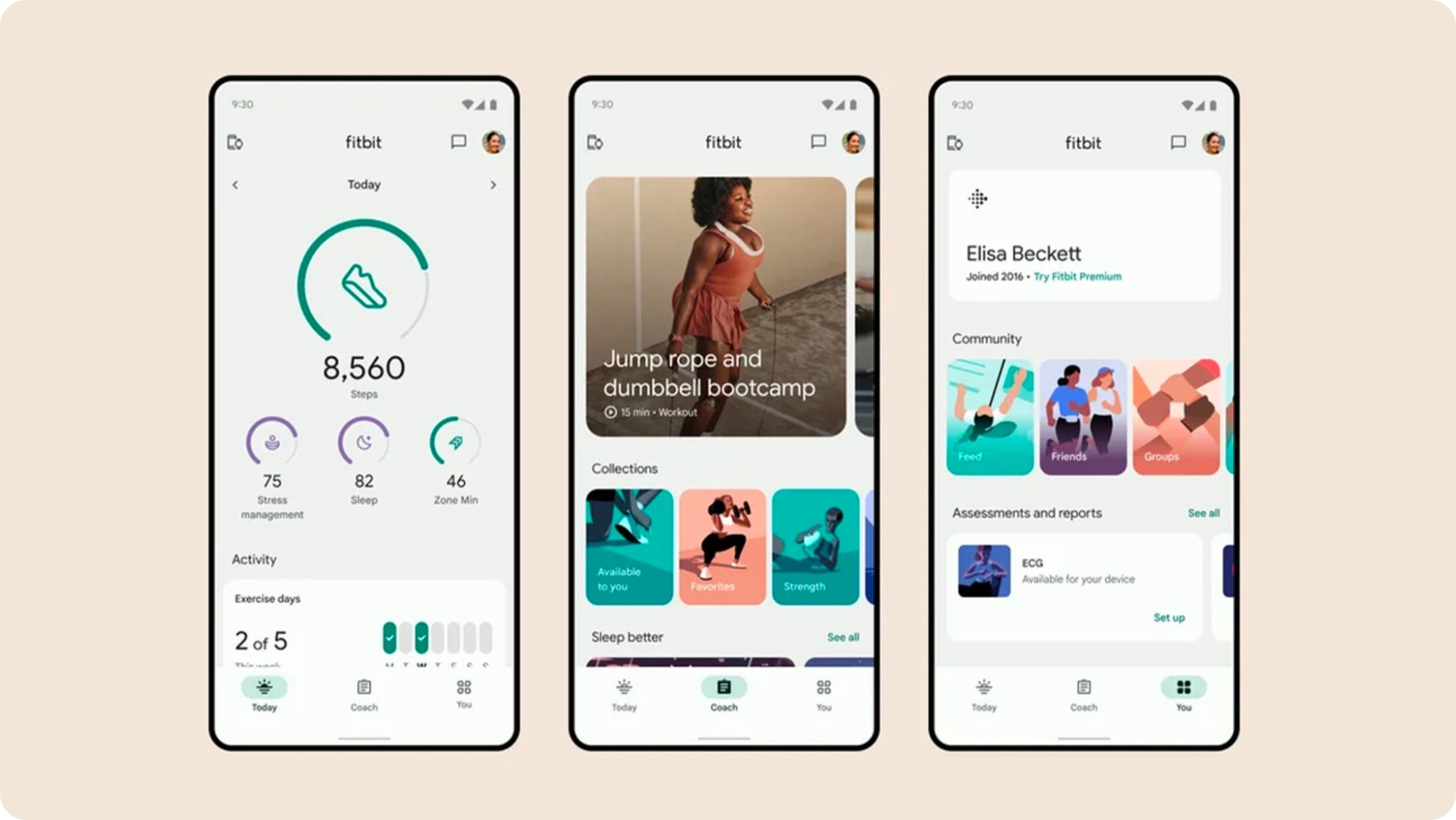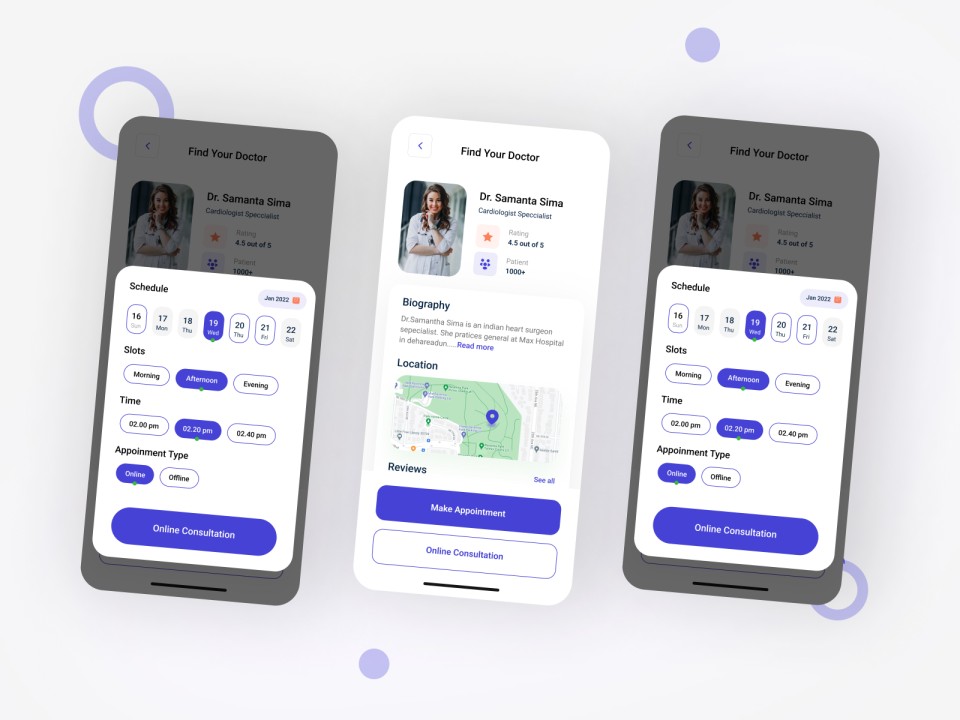In today’s digital age, the success of a mobile app is largely determined by the quality of its user experience (UX). A seamless, intuitive, and engaging app can make a world of difference in retaining users and driving growth for your business. In this blog, we will explore some of the best practices in mobile app UX that can elevate user impact and ensure your app stands out in a crowded marketplace.
1. Understand Your Users
The first step in creating a great mobile app UX is understanding your users’ needs, preferences, and behaviors. Conduct user research to identify your target audience, their pain points, and their goals. This information will help you tailor your app’s design and features to align with user expectations, resulting in a more satisfying experience.
2. Keep It Simple
Simplicity is key when it comes to mobile app design. Users appreciate an interface that is easy to navigate and doesn’t overwhelm them with information. Keep the app layout clean and uncluttered, with clear labels and intuitive icons. Use whitespace effectively to create a sense of balance and focus on essential elements.
3. Prioritize Speed and Performance
Users expect apps to load quickly and operate smoothly. A slow-loading app or one that frequently crashes can lead to user frustration and abandonment. Optimize your app’s performance by reducing load times, minimizing background processes, and conducting thorough testing to identify and address any performance issues.
4. Design for Touch
Mobile apps are primarily used on touch-screen devices, so it’s essential to design with touch in mind. Use larger buttons and interactive elements that are easy to tap, even on smaller screens. Pay attention to touch target sizes and spacing to prevent accidental taps and improve overall usability.
5. Consistency Matters
Consistency in design elements, such as colors, fonts, and icons, helps create a cohesive user experience. Stick to a consistent design language throughout your app, and consider using established design patterns and frameworks to guide your choices. This not only enhances user familiarity but also contributes to a polished, professional appearance.
6. Provide Clear Feedback
Users should always know how their actions affect the app. Provide immediate feedback for user interactions, such as visual cues, animations, or sound effects. For example, when a user taps a button, a subtle animation or color change can indicate the action has been recognized.
7. Guide Users with Onboarding
Onboarding is a crucial step in introducing new users to your app and its features. A well-designed onboarding process can help users quickly understand how to navigate your app and make the most of its capabilities. Use tooltips, tutorials, or walkthroughs to guide users through the app and highlight key features.
8. Personalize the Experience
Personalization can greatly enhance user engagement and satisfaction. Tailor your app’s content and features to individual users based on their preferences, behaviors, and history. This can include personalized recommendations, customized settings, and user-specific content.
9. Prioritize Accessibility
Creating an accessible app is not only a legal and ethical responsibility but also a way to improve the overall user experience for everyone. Ensure your app is usable by individuals with disabilities by following accessibility guidelines such as providing alternative text for images, using high-contrast colors, and offering support for screen readers.
10. Conduct Usability Testing
Usability testing is a vital part of the app development process. Test your app with real users to identify any pain points or areas for improvement. Observe how users interact with your app and gather feedback on their experience. Use this data to refine your app and make adjustments as needed.
11. Continuously Iterate and Improve
The best mobile app UX is an ongoing process of iteration and improvement. Regularly update your app based on user feedback and industry trends. Keep track of app performance metrics, such as user retention rates, session durations, and conversion rates, to gauge the effectiveness of your UX efforts.
Conclusion
By implementing these mobile app UX best practices, you can create a user-centric design that enhances user impact and drives success for your app. Prioritize your users’ needs, keep the design simple and consistent, and continuously iterate based on feedback and data. In doing so, you’ll be well on your way to creating a mobile app that not only meets but exceeds user expectations.









